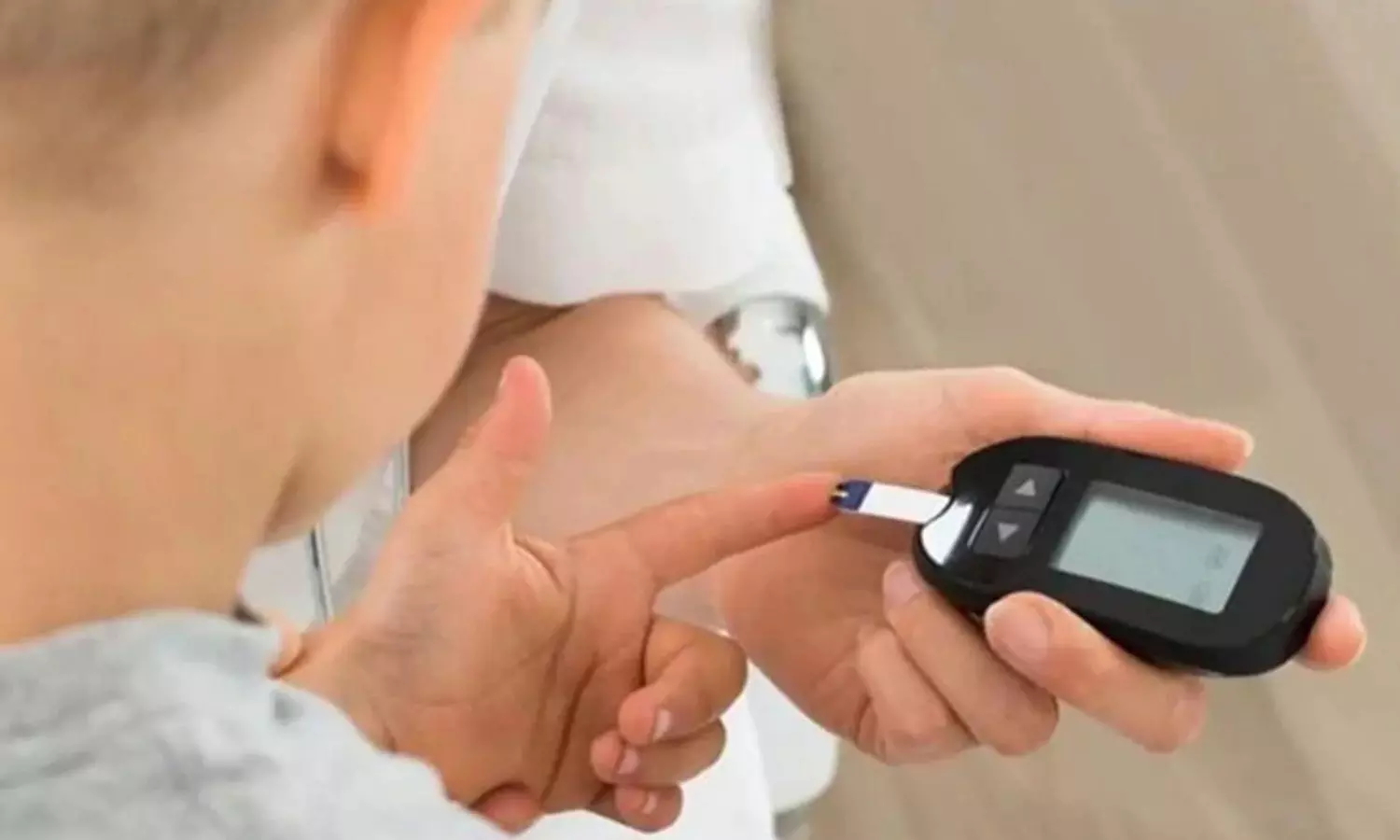Automated Insulin Delivery Systems Improve Glucose Control in Youth With Type 1 Diabetes: JAMA
- byDoctor News Daily Team
- 04 November, 2025
- 0 Comments
- 0 Mins

Researchers have determined in a new study that the application of automated insulin delivery (AID) systems in children with type 1 diabetes (T1D) results in gains in blood glucose control, such as decreases in glycated hemoglobin (HbA1c), increases in time-in-range (TIR), and reductions in risks of both hyperglycemia and hypoglycemia. The study was published inJAMA Pediatricsby Hannah S. and colleagues. A PRISMA-guided systematic review and meta-analysis was performed, with literature searched in MEDLINE, Embase, CINAHL, and Cochrane Central between January 2017 and March 2025. There were randomized clinical trials (RCTs) of youth aged 6 to 18 years with T1D comparing AID systems for over 48 hours in outpatient care with other insulin regimens. Screening, extraction, and quality assessments were conducted by two independent reviewers. Random-effects models were employed to calculate pooled efficacy results, with a main interest in HbA1c and TIR. After screening 2,363 accessed citations, 11 RCTs with 901 participants with available HbA1c data and 10 RCTs with 786 participants with available TIR data were included. The average intervention duration was 31 weeks, and the median age of participants was 12 years (range 10.8–15.9 years). Within participants, 51% were women, mean baseline HbA1c was 8.4% (SD 1.1%), and mean baseline TIR was 51% (SD 9%). In comparison with conventional insulin regimens, AID systems lowered HbA1c by −0.41% (95% CI: −0.58% to −0.25%; I² = 39%) and increased TIR by 11.5% (95% CI: 9.3%–13.7%; I² = 23%). Nighttime TIR rose by 19.7% (95% CI: 17.0%–22.4%; I² = 36%). Moreover, AID use decreased hypoglycemia (<3.9 mmol/L) time by −0.32% (95% CI: −0.60% to −0.03%; I² = 18%) and hyperglycemia (>10 mmol/L) time by −10.8% (95% CI: −14.4% to −7.2%; I² = 55%), especially nocturnal (−14.4%; 95% CI: −19.9% to −8.9%; I² = 79%). There were no differences in adverse events between groups, and only two studies included quality of life outcomes. This review found that the application of AID systems among adolescents with type 1 diabetes improves glycemic control by decreasing HbA1c, improving TIR, and decreasing rates of hypoglycemia and hyperglycemia without inducing additional adverse events. de Visser HS, Waraich S, Chhabra M, et al. Automated Insulin Delivery Systems and Glucose Management in Children and Adolescents With Type 1 Diabetes: A Systematic Review and Meta-Analysis. JAMA Pediatr. Published online September 08, 2025. doi:10.1001/jamapediatrics.2025.2740
Disclaimer: This website is designed for healthcare professionals and serves solely for informational purposes.
The content provided should not be interpreted as medical advice, diagnosis, treatment recommendations, prescriptions, or endorsements of specific medical practices. It is not a replacement for professional medical consultation or the expertise of a licensed healthcare provider.
Given the ever-evolving nature of medical science, we strive to keep our information accurate and up to date. However, we do not guarantee the completeness or accuracy of the content.
If you come across any inconsistencies, please reach out to us at
admin@doctornewsdaily.com.
We do not support or endorse medical opinions, treatments, or recommendations that contradict the advice of qualified healthcare professionals.
By using this website, you agree to our
Terms of Use,
Privacy Policy, and
Advertisement Policy.
For further details, please review our
Full Disclaimer.
Recent News
Eli Lilly plans to build new USD 3 billion facilit...
- 04 November, 2025
Rajkot Maternity Hospital CCTV Leak: How a simple...
- 04 November, 2025
Gland Pharma profit rises 12 percent to Rs 184 cro...
- 04 November, 2025
Daily Newsletter
Get all the top stories from Blogs to keep track.


0 Comments
Post a comment
No comments yet. Be the first to comment!